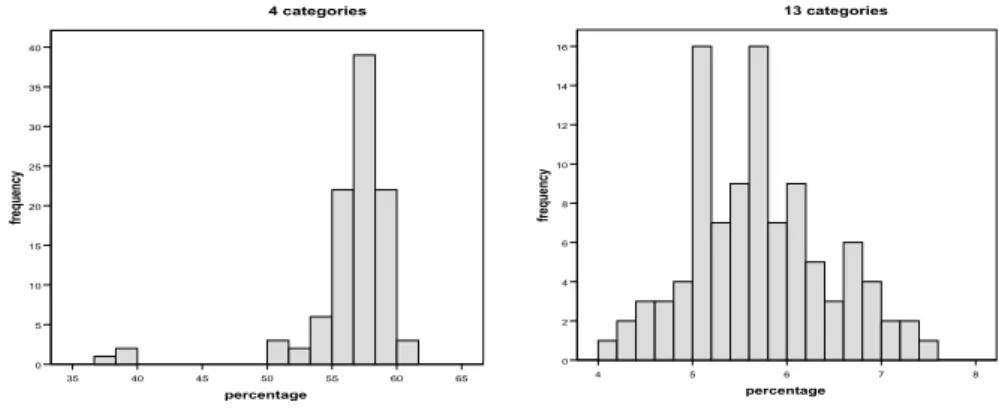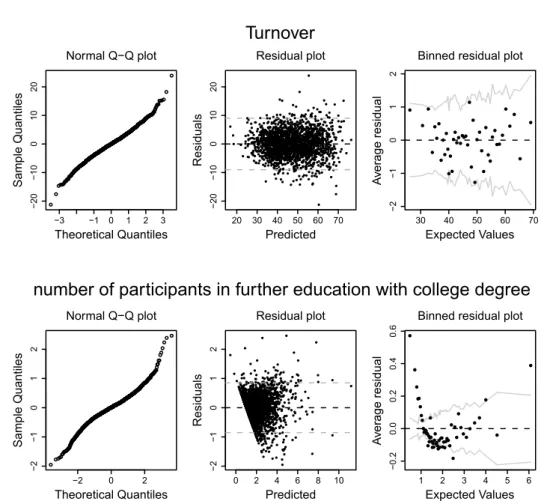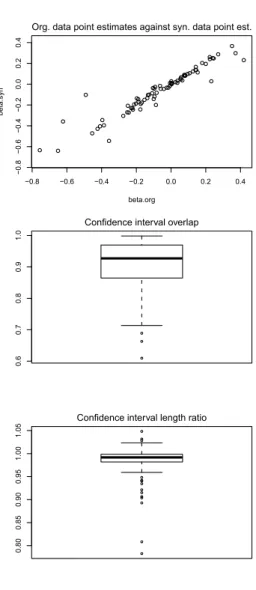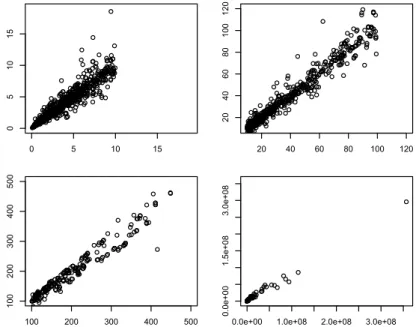Generating Multiply Imputed Synthetic Datasets: Theory and Implementation
Volltext
Abbildung

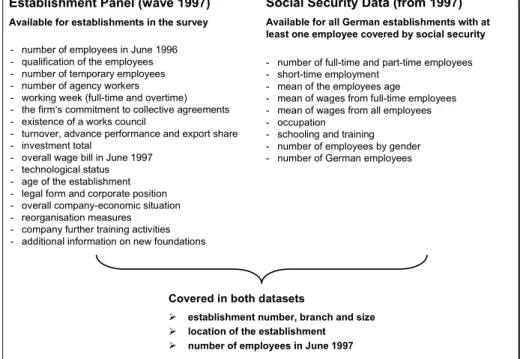
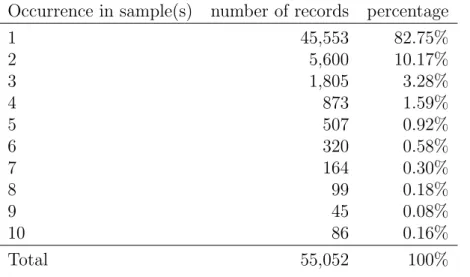
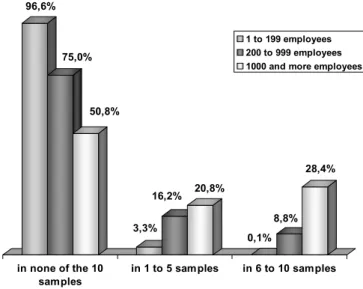
ÄHNLICHE DOKUMENTE
We compared the effects of both conditions on (1) performance measures, including bar-velocity and force output and; (2) psychological measures, including perceived autonomy,
We then introduce our imputation procedures for ordinary and overdispersed count data and present two evaluation studies: The first one generally tests our algorithms’ ability
This article both adds to some of these debates by arguing for the benefits of using informal and unstructured conversations in qualitative research, reiterating the critical
(2012), Items for a description of linguistic competence in the language of schooling necessary for learning/teaching mathematics (end of obliga- tory education) – An approach
local scale: The widespread use of term resilience in the national policy documents is not reflected on local level and is often at odds with the practical understanding
This extension of extrapolation is new: the idea of extending extrapolation to modular inequalities and Banach function spaces first appeared in [57] where the authors and
Imputing a single value for each missing datum and then analyzing the completed data using standard techniques designed for complete data will usually result in standard error
The priming chord creates a tonal reference frame (salience versus pitch of each tone sensation within the chord), and the test chord is perceived relative to that frame.. 5
